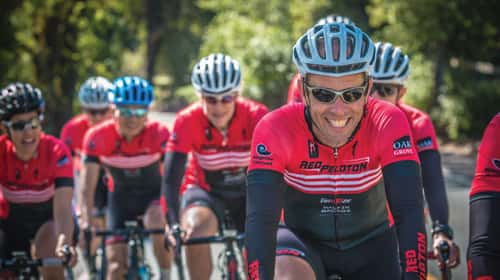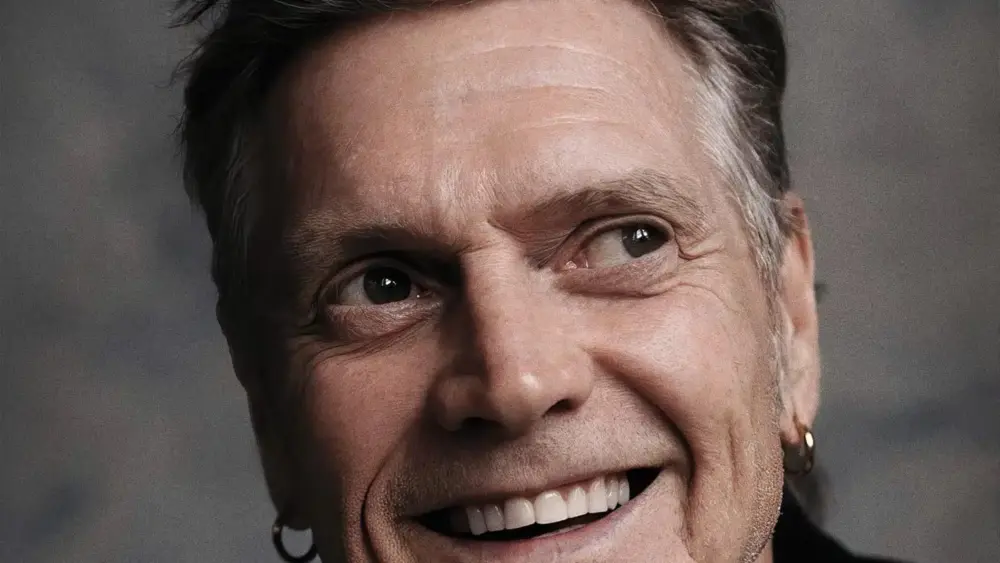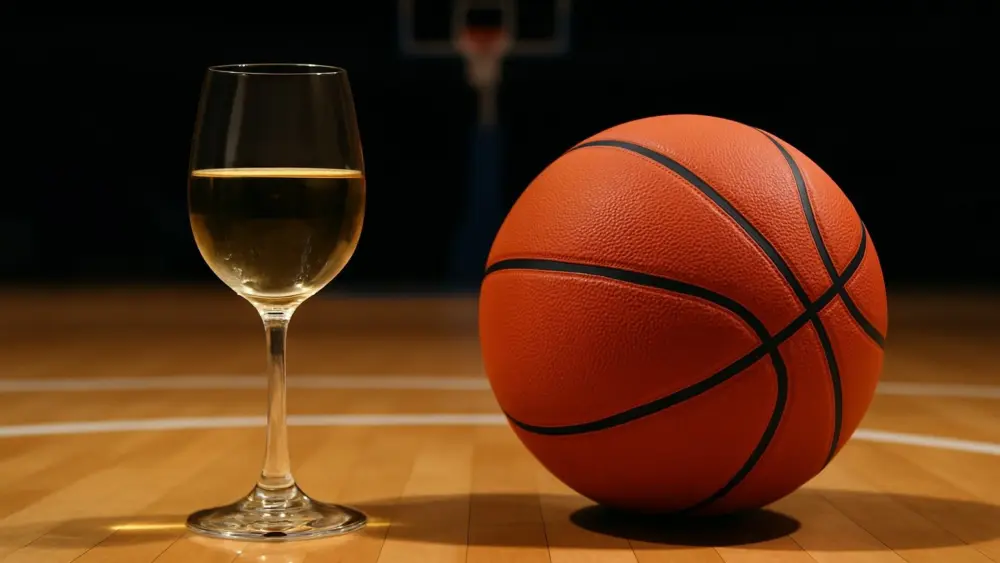Since ancient times, humanity has sought the fountain of youth. Originally the term was used in a literal sense, referencing a spring with the power to eliminate years of aging for those who took a drink or bathed in its waters. The Spanish learned such tales from the writings of Herodotus and famously searched in vain for the magical cascade in the 16th century. Though science broke the news long ago that no such fountain exists, we nonetheless yearn for similar results and seek ways to preserve our vigor and appearance—ideally living longer and more fulfilling lives. Mike Charleton, a 50-year-old Windsor resident and nationally ranked cyclist, has found his modern version of the eternal spring. “Everything is easier when I’m staying fit, sleeping well and eating well. I have the energy to deal with other issues,” he says. “When I back off of my training or my nutritional plan, everything else gets more difficult.” As detailed by health and diet experts, Charleton is definitely on to something.
Age well from the inside out
One of the most obvious ways to look and feel younger is to watch what we put inside our bodies. The key is to eat the right foods as opposed to restricting the bad. Often people focus too much on avoiding what they feel is unhealthy, rather than simply eating natural options that will keep one satiated. “So many people come to my office saying ‘I’m aging quickly’,” says Tawnya Shine-Dorn, outpatient dietitian for the Queen of the Valley Wellness Center in Napa. “Most are referring to their exterior because that’s what we see. I like to emphasize the potential for the internal body to become the anti-aging component. If we take care of our interior, it will reflect on the exterior of our bodies. When we eat adequate amounts of the right foods, we are less likely to feel we’re restricting ourselves and we won’t have room for those not-so-good foods.”
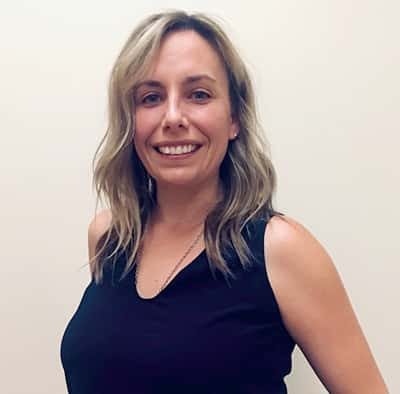 So what exactly is the right diet that will help us look and feel young? Experts agree that simple is best—that means primarily whole foods, or plant-based food in its most natural state. Those options tend to have the most antioxidants and anti-inflammatory qualities that will prevent disease and keep us from aging rapidly. In addition, fruits, vegetables, whole grains and legumes provide the necessary fiber to rid our bodies of waste. “Ultimately the most healthful diet contains antioxidants since that prevents damage to cells,” says Kim Kulp, registered dietitian and owner of The Gut Health Connection in Novato and Mill Valley. “Diets that include plenty of fruits and vegetables reduce inflammation, which can lead to disease. It’s all connected. Those diets tend to be plant-based—more along the lines of the Mediterranean diet. It doesn’t mean you have to be a vegetarian, but the most benefit will come from those colorful fruits and vegetables.”
So what exactly is the right diet that will help us look and feel young? Experts agree that simple is best—that means primarily whole foods, or plant-based food in its most natural state. Those options tend to have the most antioxidants and anti-inflammatory qualities that will prevent disease and keep us from aging rapidly. In addition, fruits, vegetables, whole grains and legumes provide the necessary fiber to rid our bodies of waste. “Ultimately the most healthful diet contains antioxidants since that prevents damage to cells,” says Kim Kulp, registered dietitian and owner of The Gut Health Connection in Novato and Mill Valley. “Diets that include plenty of fruits and vegetables reduce inflammation, which can lead to disease. It’s all connected. Those diets tend to be plant-based—more along the lines of the Mediterranean diet. It doesn’t mean you have to be a vegetarian, but the most benefit will come from those colorful fruits and vegetables.”
There are two other major factors that Shine-Dorn says are important for aging well. The first is getting enough sleep, and the second is getting enough water. “The very first component I start with, whether it’s for anti-aging or weight loss or just trying to be healthier, is sleep,” she says. “It doesn’t sound like it has a lot to do with nutrition, but it does because we choose foods based on how much sleep we get. If we’re exhausted, we’re going to lean more towards sugar. If we get closer to eight hours of sleep, then we’re more likely to choose healthier versions of food.”
Proper hydration is also critical to health and to slowing the aging process. Because our bodies are composed of 65 percent water, being chronically dehydrated causes our internal systems to lose water at a cellular level. This affects our outward appearance as well, causing dry skin and wrinkles. In addition, being well-hydrated results in less sugar cravings.
Exercise for body and mind
It’s a popular theory that performing puzzles such as crosswords and Sudoku can keep our minds sharp and ward off neurodegenerative diseases that can occur late in life, such as Alzheimer’s and Dementia. But studies show that exercise is still the No. 1 way to keep the body from aging, both physically and mentally. “The one consistent result from various studies is that aerobic exercise increases blood flow to our brain and also makes our heart stronger,” says Wynnelena C. Canio, M.D., chief of outpatient geriatric medicine at Kaiser Permanente in Santa Rosa, who was recently appointed to Governor Newsom’s Alzheimer’s Prevention and Preparedness Task Force.
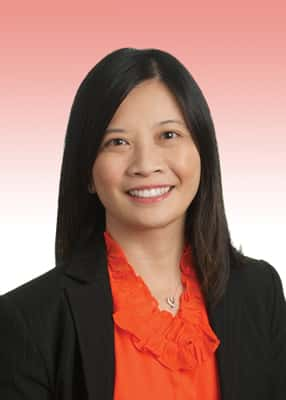
Mental exercises such as puzzles, while not doing any harm, may not produce the desired results. “There’s not a lot of evidence,” says Canio, adding that some studies about puzzles and brain health are conflicting. “They have to be specific brain exercises depending on the person’s cognitive function. For example, if the person has short-term memory problems and their other cognitive skills, such as language, attention, judgment, and reasoning are intact then doing only word searches will not be effective. There are specific brain exercises that the person must do to try to improve the short term memory part of the brain.”
Besides using calendars, phones and other technology to help us remember, mental exercises such as association, categorizing or mnemonic learning techniques can help with recall as well. “We get overloaded as we get older,” says Canio. “Unless you make an active effort to remember something, it will just get flushed out.”
Fortunately, physical activity can help ease that mental overload. “Our brain starts to shrink after age 20. Aerobic exercise is studied in various medical centers throughout the world and consistently shows that it can help keep brain cells alive and fight shrinkage better than any medication.”
Additionally, flourishing brain cells can aid mental and emotional health. A lack of stability in those areas can be devastating to our physical wellness and accelerate the aging process. “When someone has depression and anxiety, it makes eating the right foods difficult,” says Kulp. “It makes getting exercise difficult. You think about the average person, who is not dealing with depression and anxiety, and it’s hard even for them.”
Applying strategies for health
While there are many reasons to employ these life strategies, including aesthetics, disease prevention or boosting energy, for Charleton, a sales representative at Novartis and member of the Red Peloton Cycling Team, his primary motivation is competitiveness. “Racing and race prep forces me to follow a healthy lifestyle. It’s nice to have motivation,” he says. “That being said, I still enjoy the journey to get to that point.”
Charleton has biked most of his life, first competing at age 14. He credits the sport, his training plan, and his diet to keeping him fit, healthy and active. The results on the track aren’t bad, either. He won second place in his age category at the 2019 USA Cycling Masters Road National Championships in Colorado Springs and a silver medal at the state championship in Folsom. He also finished first for his age group and No. 1 overall at the Sonoma Wine Country Senior Games road race. From 2014 to 2016, he was the state road cycling champion. Most weekends will find him competing, and winning, in a myriad of local competitions.
 Admittedly, training takes time, and after work and family, scheduling can get tight. Charleton accommodates his routine by using time efficiently. That means short, intense rides during the week and longer rides on the weekends. In inclement weather or on busy days, he might attend an evening spin class, practice yoga, or lift weights. For those who want to start a new exercise habit, Charleton recommends just getting out the door. “Set realistic goals that are attainable. You have to make it fun,” he says. “It’s tough to get going when you’re tired at the end of the day, but how do you feel after a workout? Are you sleeping better? Is your mood better? How do you feel two weeks afterwards? Do you have more energy? Hopefully that can motivate people.”
Admittedly, training takes time, and after work and family, scheduling can get tight. Charleton accommodates his routine by using time efficiently. That means short, intense rides during the week and longer rides on the weekends. In inclement weather or on busy days, he might attend an evening spin class, practice yoga, or lift weights. For those who want to start a new exercise habit, Charleton recommends just getting out the door. “Set realistic goals that are attainable. You have to make it fun,” he says. “It’s tough to get going when you’re tired at the end of the day, but how do you feel after a workout? Are you sleeping better? Is your mood better? How do you feel two weeks afterwards? Do you have more energy? Hopefully that can motivate people.”
After the competitive cycling season, which generally runs from March through September, Charleton takes a small break and then alters his routine in the winter months with other sports such as hiking, cross-training and skiing. However, his diet remains healthy all year. He eats fruits, vegetables, whole grains, lean animal protein, and minimal pre-packaged or restaurant foods. He studied dietetics in school and was raised by a family who ate at home, often from their own garden, so Charleton’s nutritious habits are ingrained. “It’s about the basics. Folks today get caught up in specific fads and trends. They disregard the big picture.”
Besides the obvious—diet and exercise—Charleton also credits relationships with helping him feel young. To him, surrounding himself and finding camaraderie with positive, like-minded people helps him remain motivated. Lastly, he notes the ability to get back on track after the inevitable injury, illness, or family circumstance interrupts good habits.
“People have a hard time if they slip up, get injured, have an illness, or something happens at work, school, or with the kids. It takes a while to get going again,” says Charleton. “It’s important to start with a clean slate everyday and get back on track when you’ve had an interruption to your plan.” Unfortunately, Charleton knows this dilemma, suffering from a major head and ankle injury last June during a bike crash. He also fractured his fibula backcountry skiing a few years ago, and broke his collarbone in another bicycle crash. But he never stays down for long, eager to return to his modern-day fountain of youth.
Magical waters
Terri Parker, 54 of Santa Rosa, also refuses to let injury stop her from aging well. She used to regularly participate in triathlons, but four knee surgeries in 2009 left her unable to run or bike. Parker simply became a marathon swimmer instead. “I had to become a swimmer. That’s all there was left,” she says. “I taught myself how to swim, then I got a coach. Just like triathlons, you just train for more and more, bigger and bigger.”
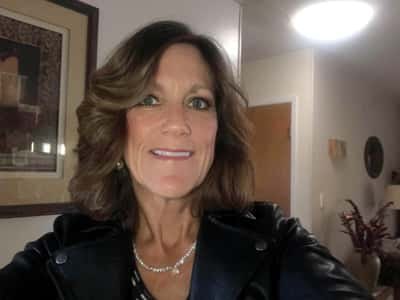
Marathon swimming is a class of open water swimming defined by distances of at least 10 kilometers, or roughly 6.2 miles. Parker has swam more than ten miles twice, swimming from Point Bonita, under the Golden Gate, to the Richmond/San Rafael Bridge. Next July she will attempt the Portland Bridge Swim, an 11.1-mile ultra marathon swim. Her training includes swimming in the Russian River or Lake Sonoma once a week, in a pool four times a week, and once a week in San Francisco bay.
Parker describes her childhood as fairly sedentary, but credits her time with the Coast Guard for starting her healthy lifestyle. “When I joined the service, I discovered exercise. I couldn’t even do pushups when I first got to boot camp,” she says. “I didn’t put it together that it made me feel good, but it was something I started seeking out. When I got out of boot camp I started lifting weights and running.”
Today, she volunteers at the North Bay Vet Center in Rohnert Park, teaching veterans how to swim, and five months of the year she coaches veterans and their families at Aquatic Park in San Francisco to complete the swim to Alcatraz. “I love coaching for this event because we get people who have never swam in the ocean before,” Parker says. “We train them and now all my swimmers can do two and a half miles.”
Besides her very active lifestyle, Parker also quit drinking alcohol about two years ago, which gave her more energy. Additionally, she eats a healthy diet of fruits and vegetables with lean protein such as chicken and fish. Parker doesn’t prescribe to a specific “diet.” Rather, it’s a lifestyle, and she notices immediately if she’s not eating what’s best for her body, due to poor physical performance.
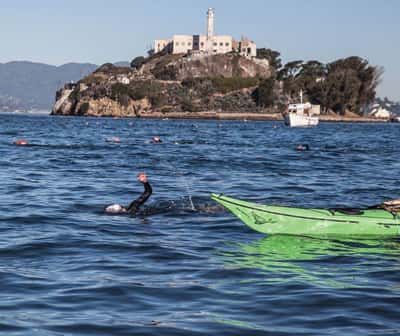
She recommends swimming for anyone, especially those advancing in age for its low impact on joints. “I see people at my open water swim club that are 80 and 90 years old, walking on the beach without a cane,” says Parker. “They get out there in that cold water, they swim and they get out on their own power. I really believe cold-water swimming is the fountain of youth. From what I’ve seen at the club, it seems to have slowed down aging for everyone who is a member. You go anywhere else and you see 90 year olds using walkers or canes or they’re bent over and shuffling. These people are walking upright with their shoulders back to get in and out of the water.” Just like Charleton, Parker found her source for prolonged vigor—with much more success than those from centuries past.
It’s never too late
Whether it’s for competitiveness, aesthetics, disease prevention, increased energy, or all of the above, it’s never too late to start making positive changes. There’s no need to wait for the unexpected, less-than-optimal medical test results that often spur people into action, realizing that multiple decades of poor choices have caught up with them. The lifestyle shift can start slow—and one doesn’t have to be a champion bicyclist or marathon swimmer. Tomorrow is always a new day, and it’s a great time to start living a healthier and more fulfilling life.
“Usually after age 50, you start to realize that you want the most out of your life and that it goes quickly,” says Kulp. “Look for all the ways that you can not only live longer, but live well.”


